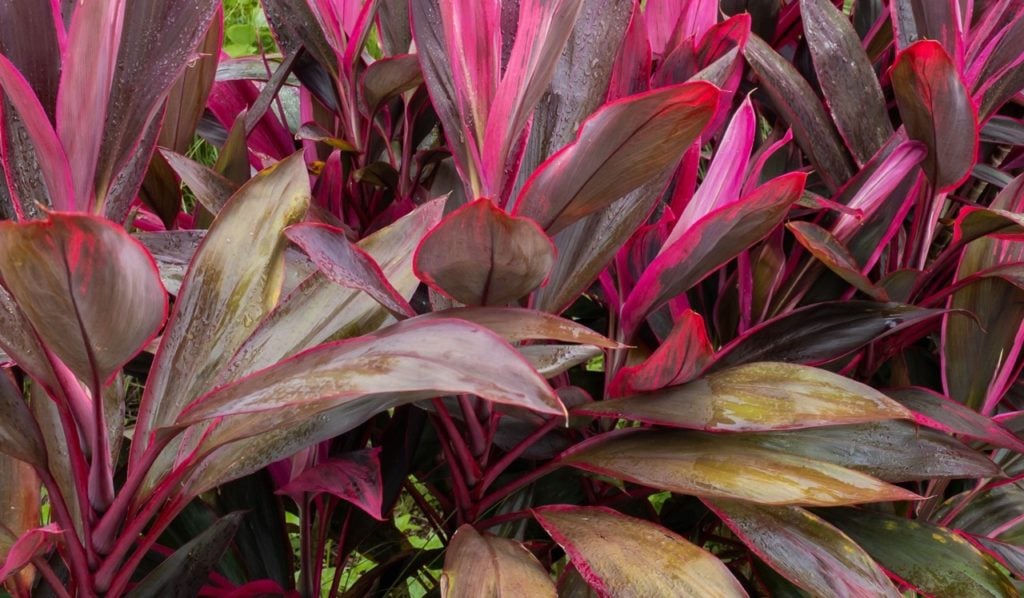Table of Contents
Are you worried about your cordyline drooping? Want to know how to revive a dying cordyline? Looking for causes and solutions? Well, if such is the case, then you are just in the right place.
Like you, we too have a thing for beautiful plants, and so, we know how painful it is to watch your efforts, your dear darling plant, depart without a reason or anything. As plant lovers, we have worked on these problems at multiple levels, tried cures, experimented with diseases, and so we are here with a solution.
Don’t worry at all, for you are in the right hands. Come, scroll, and read with us as we decipher the codes to raging problems and their working and effective solutions.
Why are Cordylines so Special?
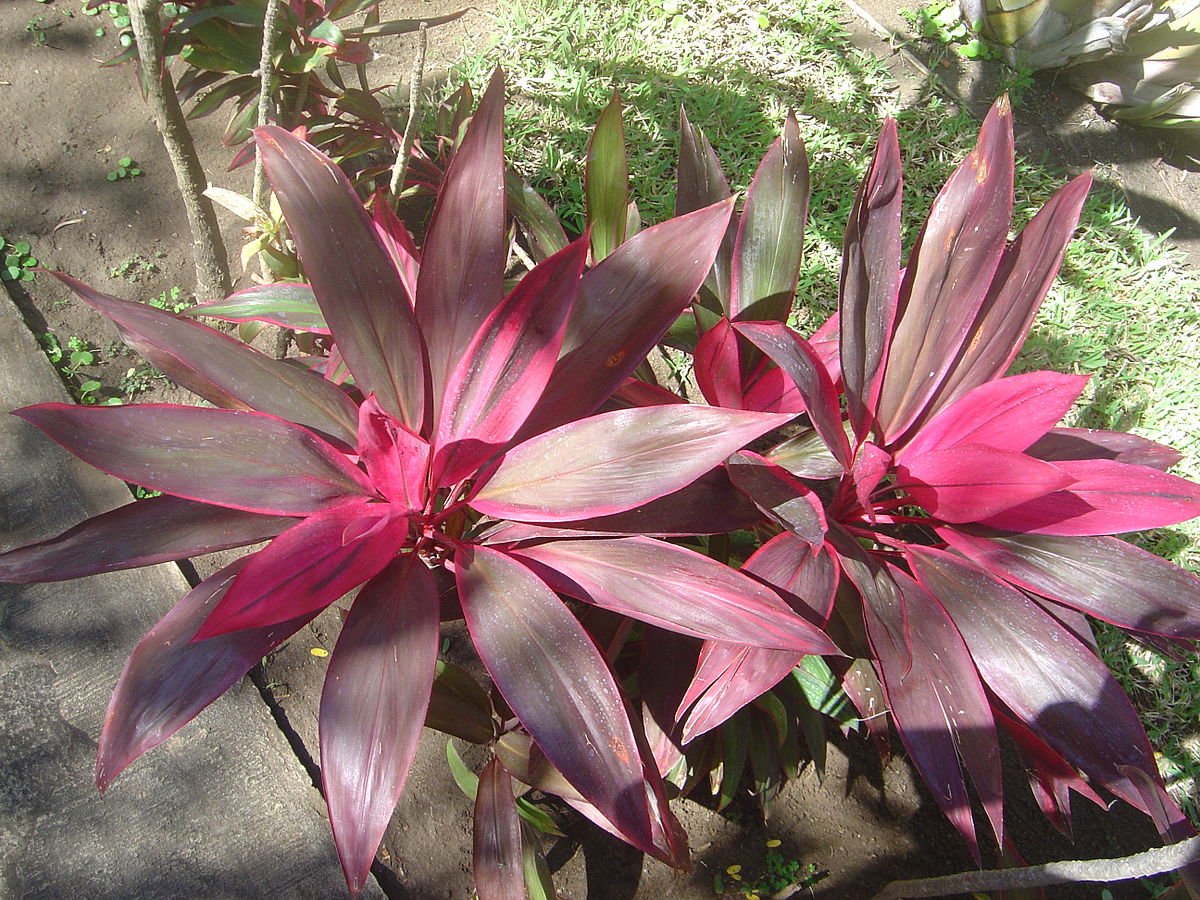
Cordylines are beautiful, palm-like plants with an amazing tropical touch added to them. No matter where you live, if you are a gardener and willing to have a lush, tropical-type essence, Cordylines are the plants you must prefer. They need meager maintenance and give out aesthetic results.
Causes of Cordylines Drooping
When a problem is this big, the causes are, of course, multiple. Before we name names, we must know the root causes, and so, we have explained everything here, bit by bit and scoop by scoop.
1. Over Watering Can Be Harmful
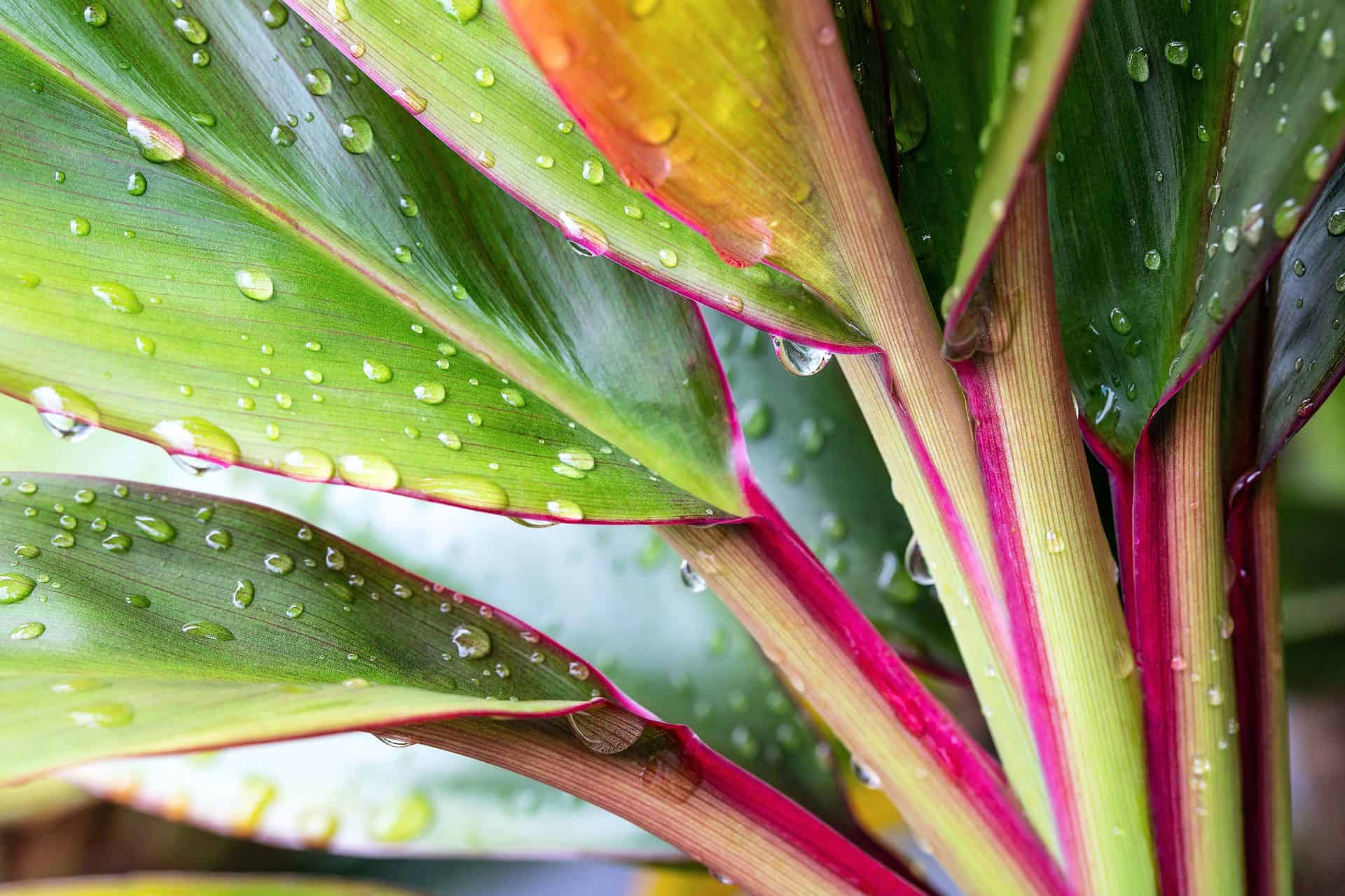
Caring is good, but overcaring? Well, not so much. At times, when you overwater the cordylines, particularly the ones that have been initially grown into a pot, they start drooping or getting wilted. This is because overwatering can rot and damage their roots, and they, of course, are left helpless in such cases.
2. Under Watering Can Be Disastrous
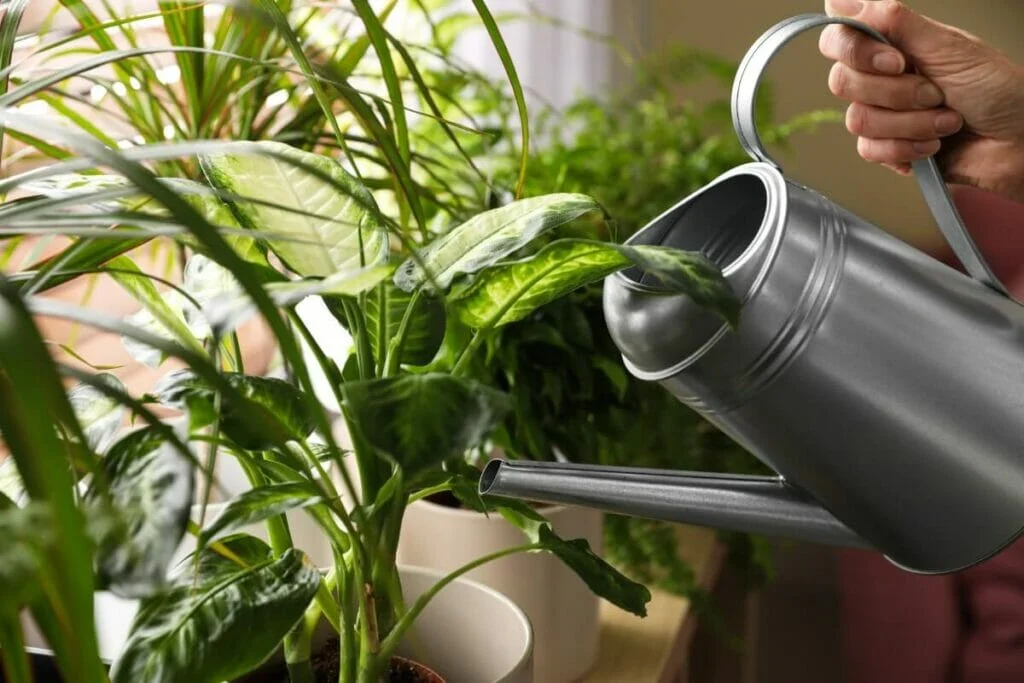
Improper care is not that fruitful, either. When you deprive a plant of necessary watering, its leaves tend to wilt because of dehydration. Plants, like Cordylines, are generally susceptible to problems of dehydration.
3. Sunlight Exposure Can Be Improper
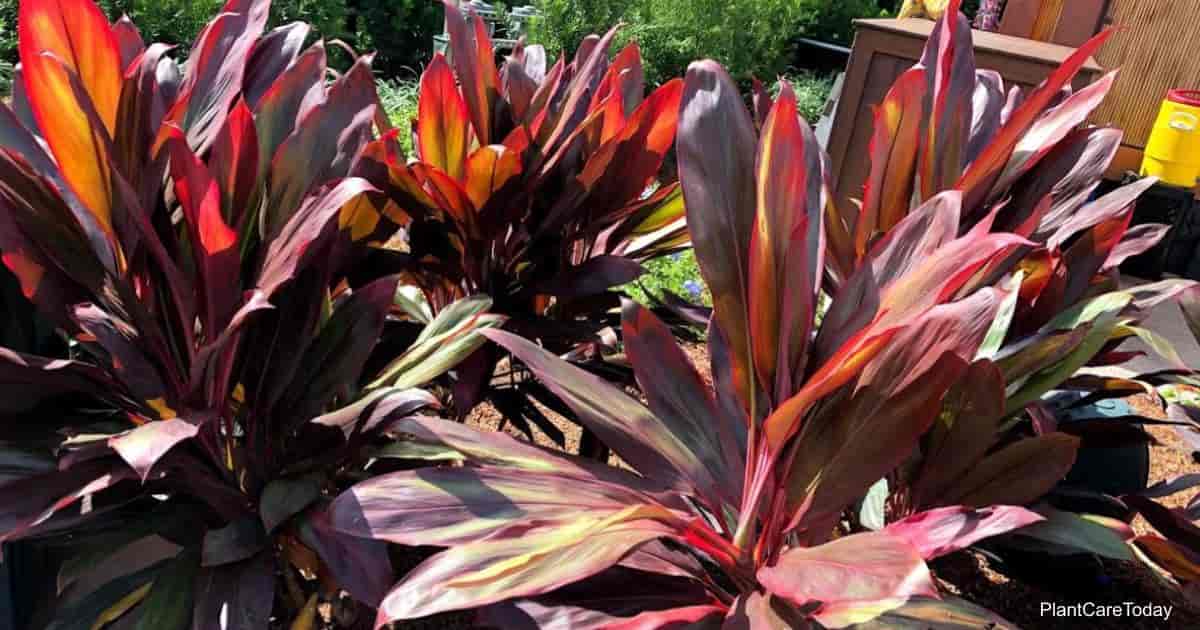
Cordylines give out the appearance of palm trees, and so it can be more stressed that these plants need ample sunlight. If you place them in shady spots or locations with improper sunlight exposure, Cordylines tend to droop until their death due to the lack of sunlight.
4. Extreme Temperature Shits Can Be a Cause
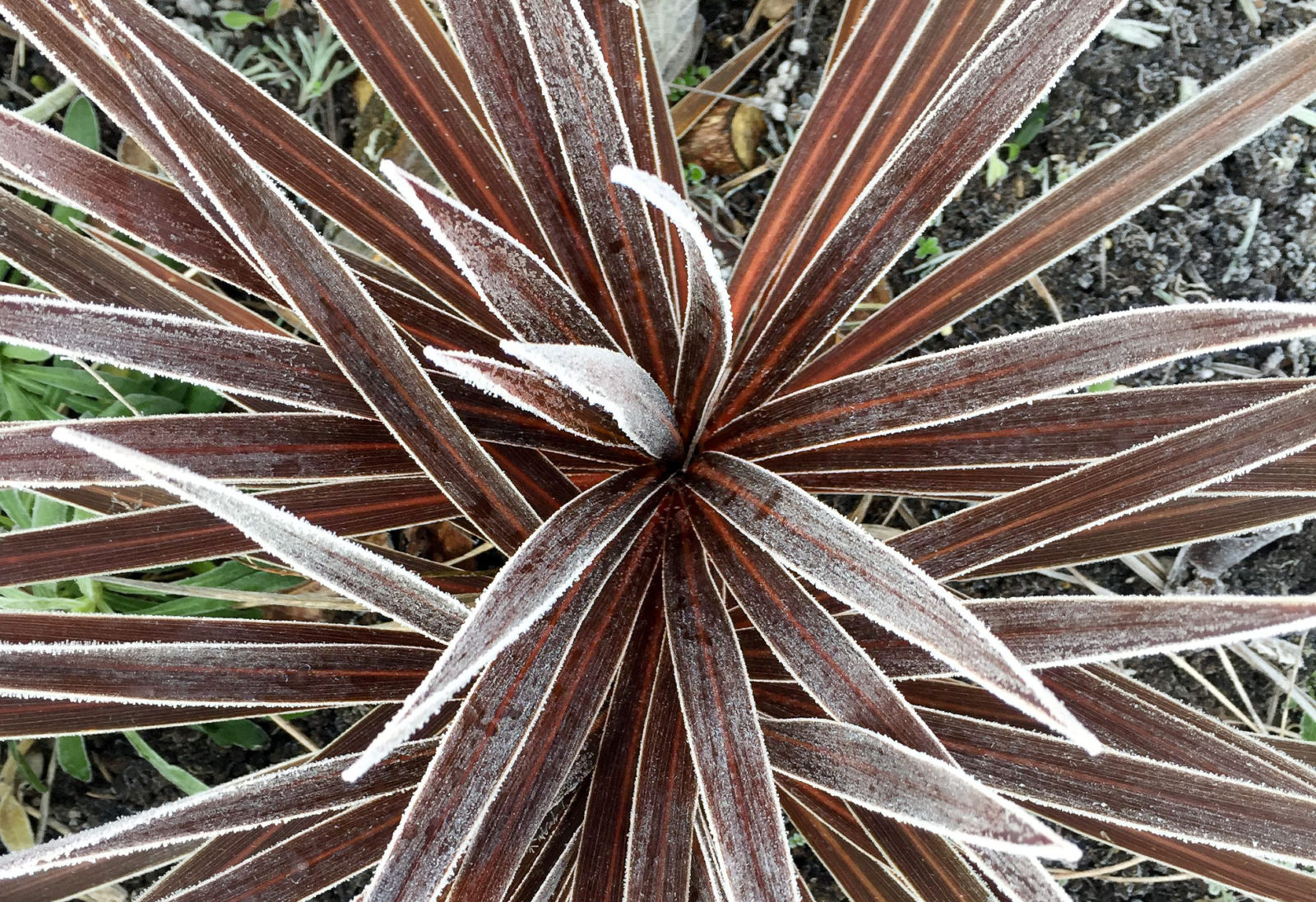
Challenging temperature shifts can also result in adverse plant health conditions. Cordylines, as stated above, require ample sunlight, which directs us to the fact that they need moderate temperatures. In case of cold or low temperatures, they tend to droop, as they weaken and damage during chilly conditions. You can do nothing much except wait for the spring to check whether they can grow or are dead forever.
5. Pests are the Killers
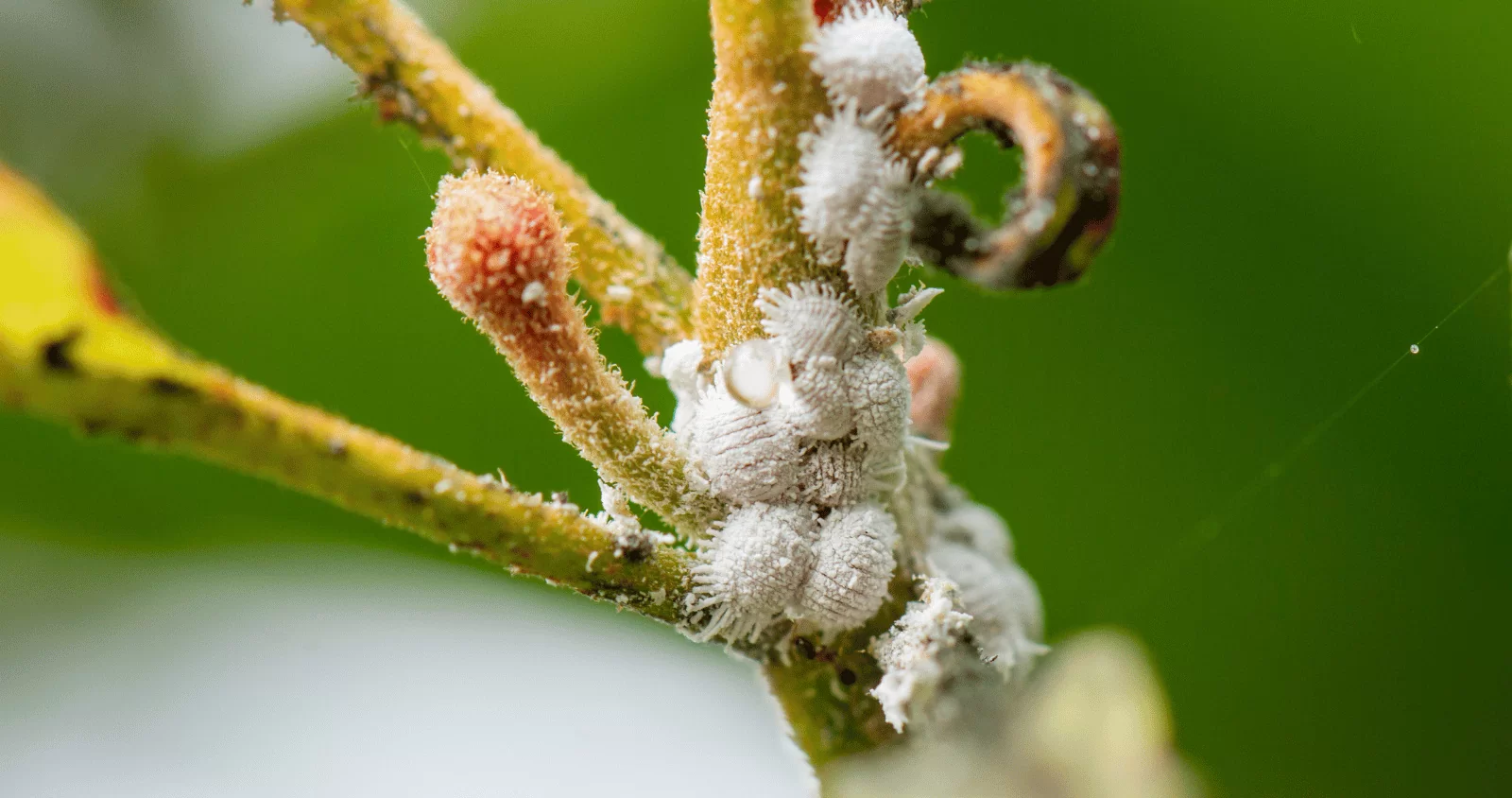
Invaders are never good. Pest infestation is a major cause of plant deaths. In the case of Cordyline especially, pests can weaken their overall structure and propagate the loss of vigor, hence causing an overall drooping of the plant. Keep a hawk eye towards this factor and take measures promptly if you suspect any pest infestation in your Cordyline.
Solutions for The Cordyline Drooping
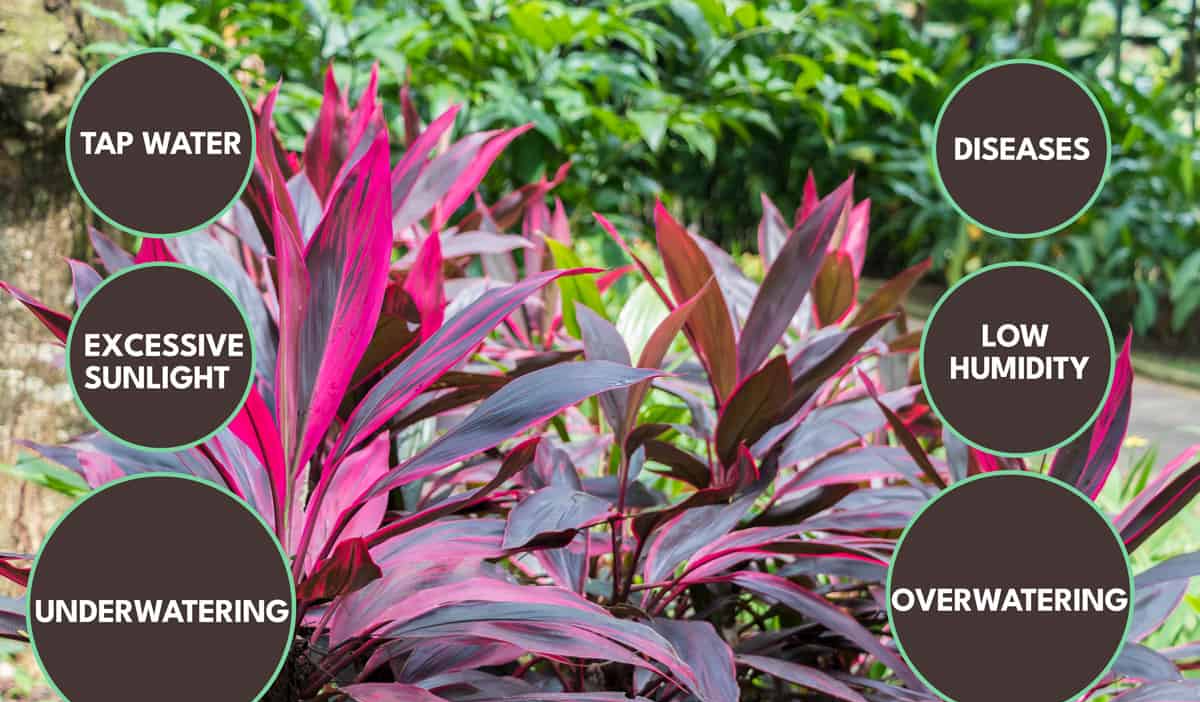
When you successfully decode the causes and the problems, it is time for you to scratch out the antidote, and while you might worry about where to find them, we are here with the solutions to save your Cordylines from drooping.
Excited? Let’s check them out below!
1. Mend Your Watering Practices
As we have seen the harsh implications of overwatering above, it is time to keep a check on our practices. For the healthy growth of your Cordyline, make sure you are providing them with adequate water. Between waterings, let the soil soak the water and slightly dry up during the first time and then water the second time. If you have a pot-grown Cordyline, ensure it has a proper drainage system at the bottom to let out excess stagnant water.
2. Keep a Check on Light Exposure
Sunlight is the necessary supper to a Cordyline. They grow best when they receive plenty of this light. However, direct sunlight sometimes acts against their healthy growth by overheating and killing the necessary supply of nutrients and, therefore, burning essential plant cells. Try placing your Cordylines in bright spots where they can receive ample indirect sunlight to thrive and grow at their best.
3. Control Temperature and Humidity
First, know what your Cordylines require. These plants grow and thrive best in temperatures ranging from 65-75°F (18-24°C). Now you know this, you can easily regulate the temperatures around your Cordylines. Excessive temperature flips and humidity can cause drooping in Cordylines, so refrain from placing your plants near heat vents or draft windows. Proper humidity, along with sunlight, is mandatory, and while you can place your plants at bright spots for sunlight, try misting your Cordyline now and then for proper humidity. If you have a humidifier, then it is best to place your plants near them.
4. Attack Against Pests
Know who your enemies are. Regarding Cordylines, the major battle is against Spider Mites, Scales, and Mealybugs. Not only can they diminish the healthy growth of your plant, but they also can cause sudden drooping. To get rid of them, keep a watchful and constantly check for any pest infestations on your pretty plant. Once you detect the infestations, act promptly to minimize the coming damage. You can use Neem Oil, wipe the leaves with a damp cloth, or insecticidal soaps to eliminate these infestations.
5. Trim out the Troubles
Talking of human illness, it is crucial to remove a tumor in case of Cancer. Similarly, it is very important to prune and trim out damaged parts of your plants to ensure disease-free, healthy plant growth. Infections are real! Therefore, always use sharp and clean tools to eliminate any chances of disease spread. This will help you in preventing drooping of your Cordyline.
Final Thoughts
So this was all about nurturing, caring, and maintaining your drooping Cordylines. Remember, with proper care, these beautiful plants can thrive like never before. All you need is to water them timely, look for what they need, just like a baby, trim, and prune, and finally, never let them out of sight. In case you detect a pest infestation, gear up, get into your doctor’s shoes, and do what is necessary at the earliest.
We have a thing for plants, and we believe you, too, have that same itch, so never refrain from relying on our tested, experienced, and researched tips and tricks to ensure the wholesome, healthy growth of your garden.

